Reasons for the appearance
Midges in indoor flowers do not appear on their own, usually due to one of 5 reasons:
- Contaminated land... The most common reason is the use of purchased soil, which already contains eggs or larvae. It is impossible to see them when opening the package, but when you transplant the plant and start watering it, the larvae will be reborn into flying adults and the problem will become obvious.
- Overflowing a houseplant... Like a shortage of water, too much water will not lead to anything good: stagnant fluid is an excellent environment for the development of pests.
- Lack of mosquito nets... In the summer season, small insects can enter the apartment right through the window, especially for residents first floors.
- Improper storage of vegetables, fruits... Midges in flower pots can migrate from affected products: therefore, when bringing home a bag of vegetables or fruits from the store, be sure to wash them with soap and do not store spoiled fruits in order to avoid the multiplication of fruit flies.
- Organic fertilizers... Watering plants with infusion of coffee, tea, bone broth, banana peels, onion peels makes flower soil an ideal space for pests to live and breed.
Folk ways
To get rid of midges, you need to understand that flying individuals are only half the problem. You can hang up special adhesive tapes, set up traps, spray an aerosol - for a while the problem will disappear, but after a short period it will return again, because the larvae remain in the pots.
Therefore, you need to hit on 2 fronts at once - if you do not want to resort to serious chemistry, try starting with folk remedies.
Garlic
All flies do not tolerate strong odors, so a head of garlic is an excellent weapon against them.
- Prepare the solution: for 1 liter of warm water, take 3 chopped cloves of garlic. Mix, remove to a dark place for 12-24 hours.
- After - strain, pour into a spray bottle and spray the plant itself, and also water the soil.
Repeat every 7 days for a month.
Hydrogen peroxide
Peroxide is not only an excellent antiseptic, but also an insecticide. It does not harm the plant, but it kills all forms of insect life: therefore, using it to combat midges is not only safe, but also effective.
So, when midges start in indoor flowers, take 500 ml of water and 15 ml (1 tablespoon) of peroxide. Stir well: spray the stems and leaves of the plant, as well as the ground in which the midges breed.
Matches
The easiest way without mixing and spraying is with regular sulfur. Take a few matches (you can stick from 5 to 15 pieces on a medium pot), insert with the heads down, water as usual. In wet soil, the sulfur will dissolve and kill all eggs, larvae and pupae.
Potassium permanganate
Treatment with a weak solution of manganese is more likely not an insecticidal, but a disinfectant.Be sure to use it when overflowing a houseplant: potassium permanganate will destroy not only the eggs of midges, but also fungal spores on the roots, and will not let the flower die.
Laundry soap
Often, the first in the list of household measures is "Treat with soapy water" and this is not without reason: laundry soap kills germs, fights well against diseases and pests. To get rid of emerging adults and developing individuals, grind 1 part of laundry soap on a grater or with a knife, pour 6 parts of boiling water.
When the soap has dissolved, you need to spray the ground part of the plant with a spray bottle and wrap it in a bag: leave the pot alone overnight or a day, then rinse it in the shower. Repeat the procedure a week later.
Black pepper
This method is even easier to implement than the option with matches, because there are spices in almost every kitchen, and finding matches in the kitchen cabinet is more the exception than the rule.
To get rid of annoying midges, simply sprinkle pepper on top of the soil: it will saturate the ground with each watering and destroy all variants of life in the ground.
Citrus
The latter option will help to simultaneously get rid of gnats and flavor the air in the room. Cut the peel of an orange, lemon, grapefruit or any other citrus, put on top in a flower pot: the remedy for any pests is ready! The bright smell of fruit scares off adults and prevents them from reproducing.
Professional remedies
You can also poison midges in flower pots with professional preparations: this method is safer and faster.
Spray can
Sprayer or spray - the easiest way to solve the problem flying midges. This method is perfect if insects appear from the street and have not yet had time to lay their eggs.
To combat winged pests, any insecticide spray is suitable - Dichlorvos, Raid, Refamid, Raptor, Clean House. Just spray it in a closed room, wait about an hour, open the windows and wait until it is fully ventilated. Then it remains only to collect the corpses of insects from the windowsill, floor and all horizontal surfaces with a rag or vacuum cleaner.
Important! The damage caused by insecticides to flowers can be disastrous: therefore, if there are a lot of plants in the room, look for other options for disposal.
Granules
Dry granules in the amount described on the package are scattered from above or introduced into the soil when planting: in moist soil they will decompose, creating a protective barrier against midges and other pests.
Effective funds: Flycatcher, Thunder, Thunder-2.
Dilution powder
Universal powders for the preparation of suspensions (Fitoverm, Aktara) help to get rid of not only lionfish, but also any other types of insects. Diluted in water according to instructions, used for watering or spraying plants.
After the first treatment, midges should not remain in flower pots.
Features of the fight by species of midges
Above we described universal methods, but if you are overcome by a specific type of midges, it is better to know the most effective methods of dealing with each of them.
Take a look a selection of working ways to deal with moths.
White midges
The so-called whiteflies are most often found on indoor plants: small aphids devour the flower itself, so if you do not want to lose it, you need to start pest control immediately.
The main task is to create such conditions in which whiteflies will simply have nowhere to hide. If this is not done, the aphid will temporarily fly away, and then return to the plant again. Therefore, if white midges are found, all neighboring plants, glass and window sills should be treated with an insecticide. And after spraying, wrap the main infected flower in polyethylene.
The most effective remedies for whiteflies are: soap, garlic, cinnamon. And also aerosols like Raid or Dichlorvos.
Black midges
Sciarids or mushroom gnats are small dipterans. The body length of adults reaches only 1.5 mm.For people and plants, adults are not dangerous, but small larvae living in the ground love to feast on the roots of indoor flowers, leading to their death.
The main task in getting rid of sciarids is drying the soil. Wet ground is ideal for their development, so try not to overflow the plant.
Can kill them soap, garlic, sulfur, charcoal. Granules like Grom-2 or sprayers Fitoverm, Aktara are also effective.
Fruit flies
Fruit flies do not harm plants, but they irritate people. To keep flying insects out of sight, set up candy traps or sticky sticks. You can collect them with a vacuum cleaner, or poison with an aerosol.
For prophylaxis, soil in pots should be shed with a solution of peroxide or laundry soap. Muchoed pellets are also suitable.
Prevention of the appearance of midges
Preventing a problem is always easier than dealing with it. To prevent annoying flies from appearing in your potted plants, follow these simple rules:
- Support cleanliness in the apartment... Take out the trash regularly, get rid of spoiled food, and wash pet bowls.
- Process the soil before boarding. Heat or spill with light pink potassium permanganate.
- Adjust watering... Do not overfill the earth - it is harmful, including for the flowers themselves.
- Use only special purchased fertilizers, give up organic.
- Regularly ventilate the apartment.
- Install on windows Mosquito nets.
Although midges cause a lot of trouble, they are still considered one of the easiest problems to solve. Do not rush to get rid of your favorite infected flower: most likely, it will still be possible to save it.

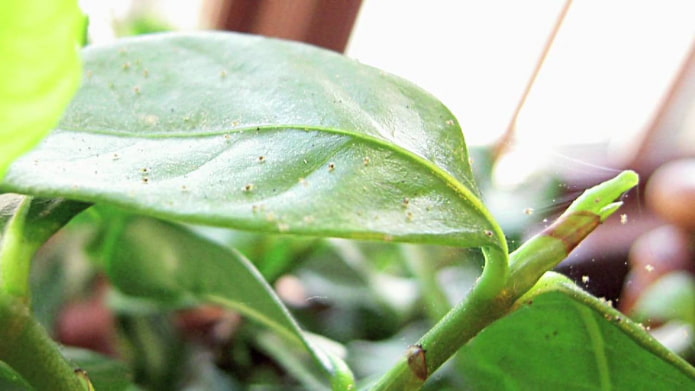
 10 practical tips for arranging a small kitchen in the country
10 practical tips for arranging a small kitchen in the country
 12 simple ideas for a small garden that will make it visually spacious
12 simple ideas for a small garden that will make it visually spacious
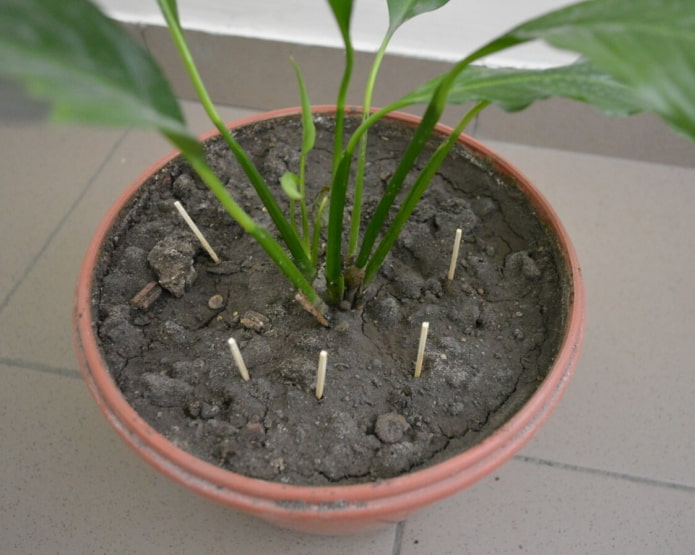

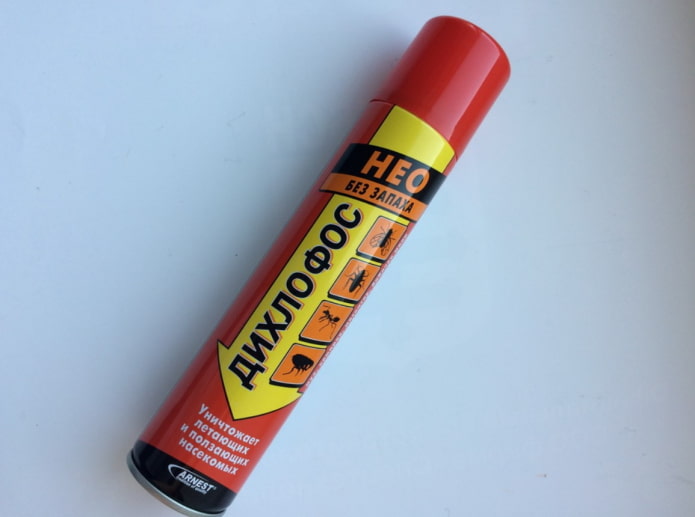
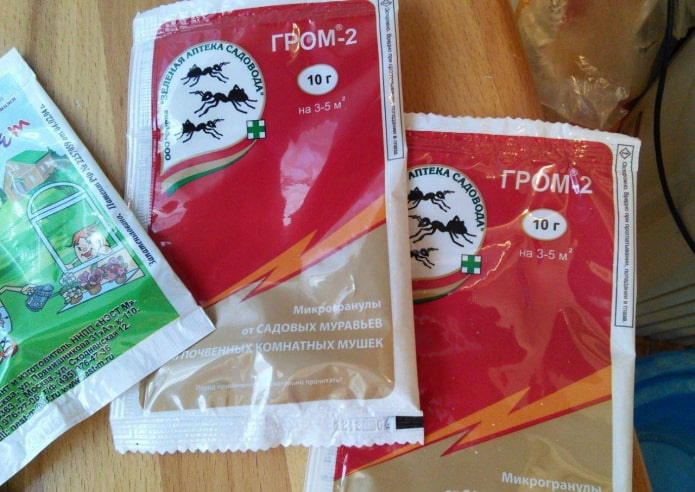

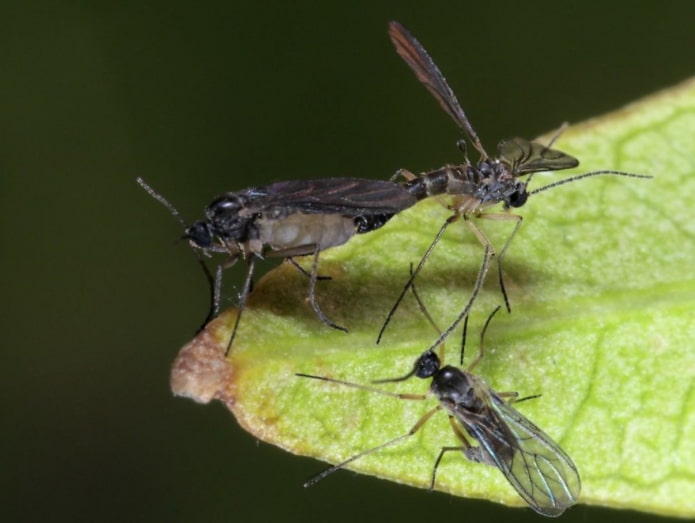
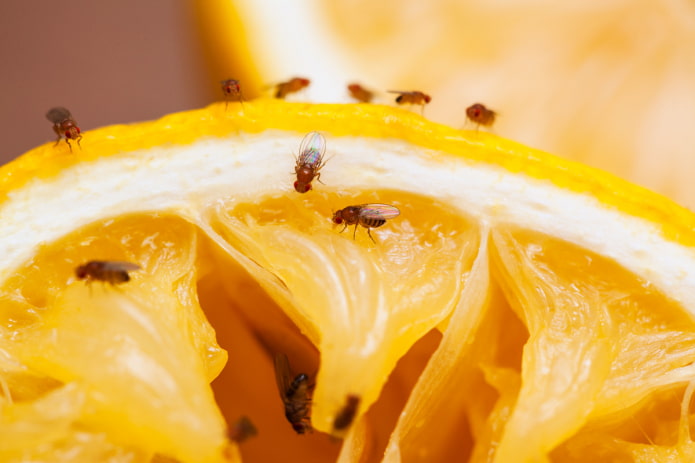

 13 bad habits a good housewife shouldn't have
13 bad habits a good housewife shouldn't have 24/7 home cleanliness - 4 secrets for the perfect housewife
24/7 home cleanliness - 4 secrets for the perfect housewife 6 hotels in Sochi that will give odds to the promoted foreign hotels
6 hotels in Sochi that will give odds to the promoted foreign hotels Top 10 interior design trends 2020
Top 10 interior design trends 2020 Rating of cheap TVs with Smart-TV
Rating of cheap TVs with Smart-TV New Year's LED garlands on AliExpress - we disassemble while it's hot, so that it's bright at home
New Year's LED garlands on AliExpress - we disassemble while it's hot, so that it's bright at home